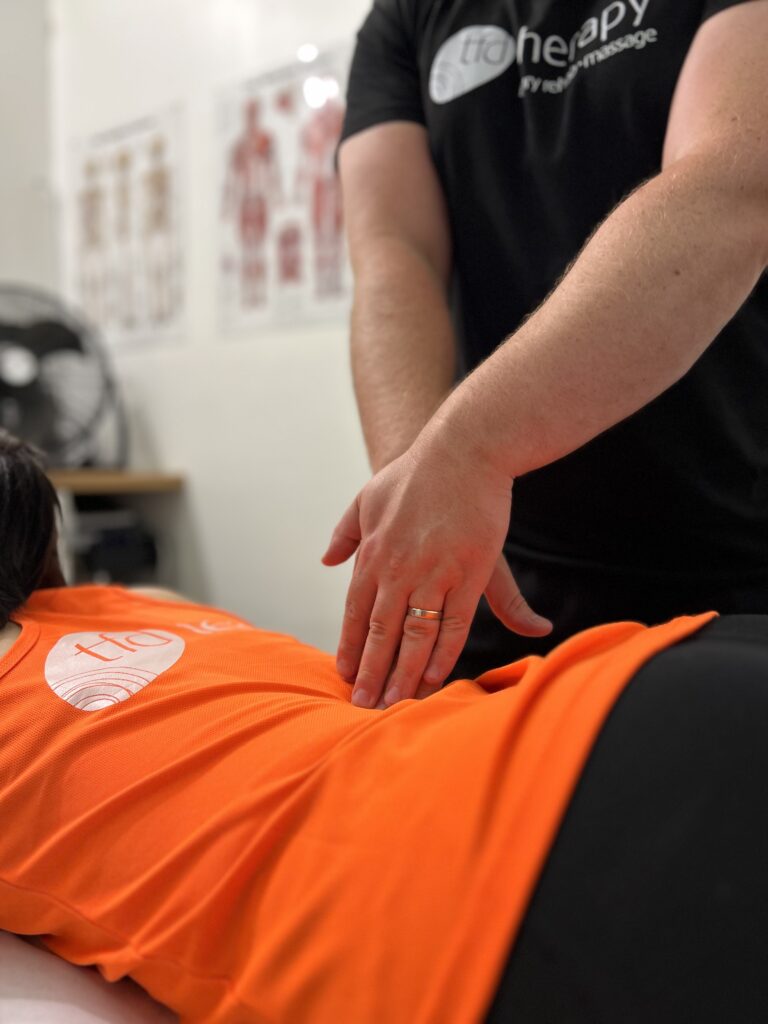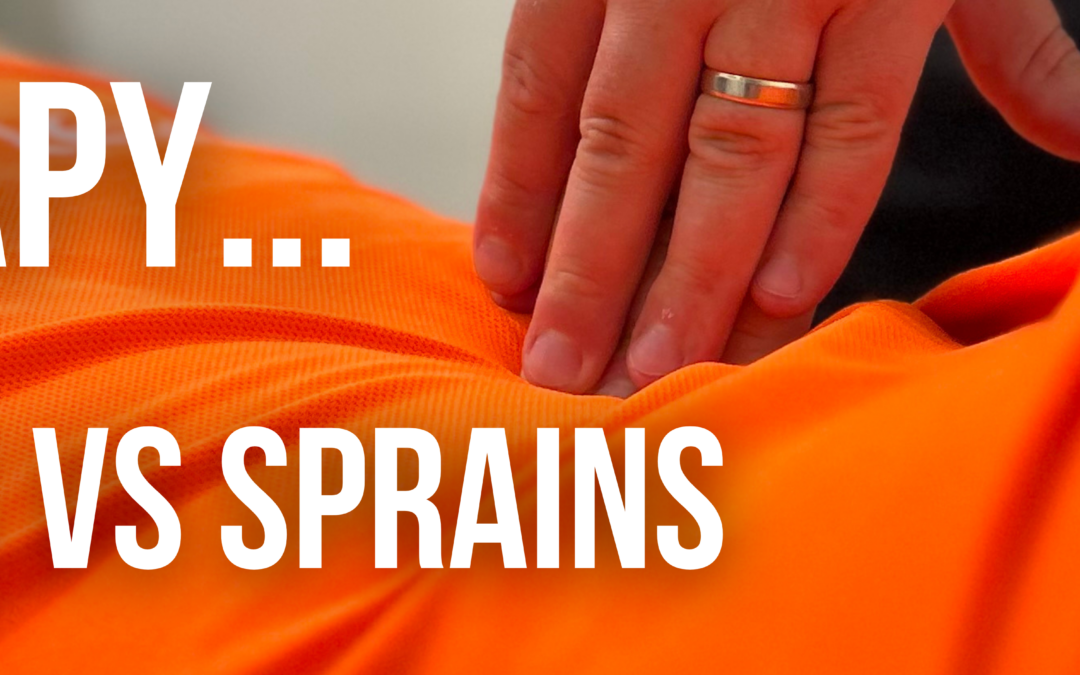Strains Vs Sprains: What’s the Difference?
Strains and sprains are common musculoskeletal injuries. However, because of their similar name, they often get confused. This blog will explain the differences between the two injuries, as-well as their associated symptoms and treatment.
What are Strains and Sprains?
Both strains and sprains affect the body’s soft tissues, or more specifically connective tissues. However, the difference between the two injuries lies in the different connective tissue structures they affect.
Strains
A strain occurs when a muscle or tendon is stretched or torn. Tendons are dense fibrous cords that connect muscle to bone. Strains commonly happen during physical activities that require sudden movements, overuse, or improper lifting techniques. Sudden and sometimes unexpected movements can apply greater force than the tendon/muscle can tolerate, leading to tears in the tendon/muscle fibres.
Common sites of strain injuries include the lower back, hamstring and groin muscles (adductors). A nice way to remember what a strain injury is, is by thinking “the word strain has T in it, so affects the TENDONS!”
Symptoms:
- Muscle pain and tenderness
- Swelling and inflammation
- Limited range of motion
- Muscle spasms or cramping
- Weakness in the affected muscle

Sprains
A sprain on the other hand, affects ligaments. Ligaments are tough bands of connective tissue that connects bones to bones. Compared to tendons/muscles, ligaments are passive or non-contractile tissue so are not involved in movement. Sprain injuries typically occur when a joint is forced beyond its normal range of motion, leading to stretching or tearing of the ligament fibres or joint capsule.
Common sites of strain injuries include ankles, knees and wrists.
Symptoms:
- Pain around the affected joint
- Swelling and bruising
- Difficulty moving the joint
- Instability or feeling “loose” in the joint
- A popping sensation at the time of injury
Treatment
Both strains and sprains follow the same initial treatment, known as RICE:
Rest: Refrain from putting weight/force on the injured area and avoid activities that worsen the pain.
Ice: Apply ice packs to the affected area for 15-20 minutes every few hours to reduce swelling and pain.
Compression: Wrap the injured area with an elastic bandage to reduce swelling and provide support.
Elevation: Elevate the injured area to reduce swelling.
Most soft tissue injuries take a few weeks to heal, however the severity of the injury will influence recovery time. It’s important to get the correct treatment as soon as possible after the injury. Therefore, if your injury is severe and you don’t have full function of the injured area, you should seek advice.
Severe injuries, like when the tissue has completely ruptured (torn), may need surgery. Less severe injuries where swelling and bruising has subsided quicker would certainly benefit from techniques such as mobilisation, massage, electrotherapy, and shockwave therapy.
The TFD Therapy team can provide you with all the techniques listed above. The team will look at your injury and help decide the best course of treatment for it, helping restore you back to full fitness quicker!

